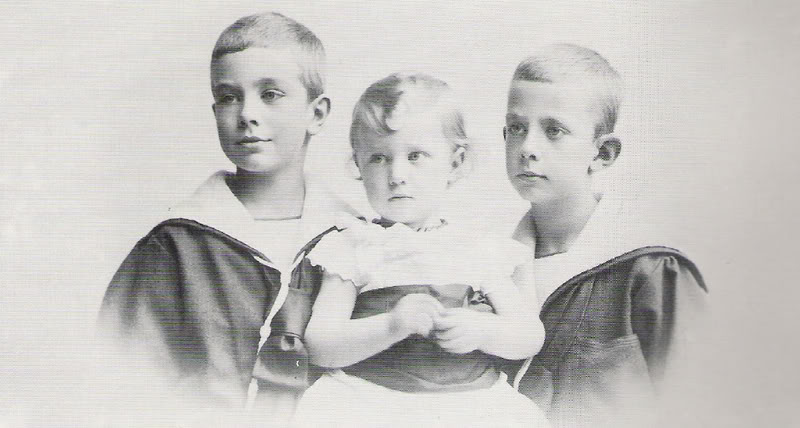
While the coronavirus continues to spread, we can rewind a little over a hundred years in time. In 1918 and 1919, another virus as ravaged countries across the globe. It caused widespread devastation, but despite its origins, it became known as Spanish flu, named after the Spanish king at that time, Alfonso XIII.
King Alfonso was one of the first in Spain to be diagnosed with the flu; however, he recovered. As the disease spread through Europe in 1918 and 1919, several of Europe’s royals became ill. Most of them recovered, but in Sweden, there was a member of the Royal Family who became so ill that he died of the pandemic influenza.

Prince Erik was born in 1880 as the son of the future King Gustav V and his wife the future Queen Victoria. This made him a grandchild of King Oscar II and great-grandchild of King Oscar I. At that time, Norway and Sweden were in a union so from birth until 1905, Erik was also a Prince of Norway. When Prince Erik was born, he was proclaimed Duke of Västmanland.
When Prince Erik grew up, it became clear that he was somewhat different from others. His conditions were classified as severe anxiety, epilepsy and a mild intellectual disability. The Prince did not look sick, and in magazines at that time, he was praised for his handsomeness. His mental disability was not noticeable in brief conversations but would become apparent if he was engaged at length. The information on his health was not given to the public until after he had died. His mother Queen Victoria called him “my much-loved child of grief”.

In 1904, only one year before the dissolution of the union between Norway and Sweden, Prince Erik was appointed a Knight of the Norwegian Lion by his grandfather, King Oscar II. Prince Erik is one of only 11 people through history who has held that title.
Because of his condition, he was rarely in public and lived a quiet life. From 1907–1909, a residence was built for him in Djursholm north of Stockholm. He was present in official royal photographs, but he had no official tasks. At his home, he was cared for by his staff. Every two weeks, he was allowed to take a trip to the capital, during which he sometimes could be seen visiting the opera.

In 1917, Prince Erik complained about having to live in isolation, and it was decided that he should have a new residence closer to Stockholm. The Royal Family understood the Prince’s desire and began to prepare for the Prince to have a home closer to his family – a home he, unfortunately, never got to move into.
Although the Prince was hidden from the public, he was well-liked by his family. He was described as kind, though he required a lot of help. He had a good relationship with both his parents all his life, especially with his father, King Gustav V.

In the summer of 1918, the Prince became ill with the flu. After a short time, it became known that he had the Spanish flu, and the royal’s condition quickly deteriorated. This happened at a time when both his father and mother were abroad. Queen Victoria, herself, was ill and was nursed in Italy, while King Gustav was on a private journey. When the King heard that his son was sick, he went home, but it was too late. He did not arrive on time.
His older brother, Prince Wilhelm was the only one who sat at the side of Prince Erik when he died on 20 September 1918. Prince Erik was 29-years-old. The death caused his father great sorrow in his later years. The Prince was buried in Stockholm, and his home in Stockholm was sold.

